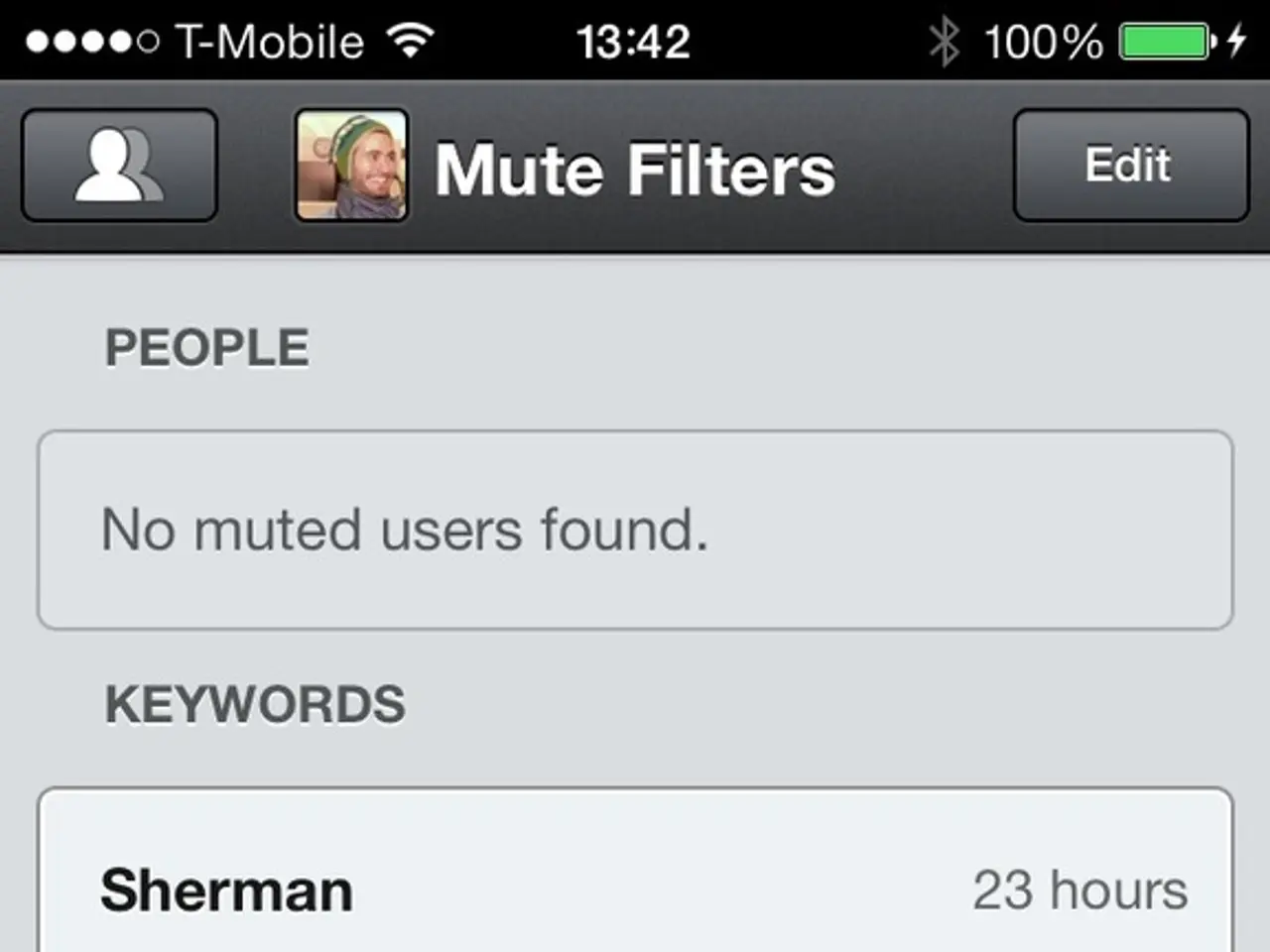Increase in smartphone costs attributed to growing data capacities
In a move to accommodate increasing and variable data usage patterns, encourage more usage of newer technologies like 5G, and market attractive plans, mobile network operators are offering data packages with volumes exceeding average usage.
According to a forecast by the Association of Providers of Telecommunications and Value-Added Services (VATM), the average consumption per active personal SIM card is forecasted to be 11.7 GB per month this year. However, most customers will only partially use the included data volume in their mobile contracts.
An analysis conducted by the comparison portal Verivox reveals that mobile network operators have increased the data volume in their fixed-term contracts by 60%, offering an average of 72 GB per month. On the other hand, the included data volume in the monthly cancellable prepaid tariffs of the four network operators (Deutsche Telekom, Vodafone, Telefónica, and 1&1) is higher than the average monthly per capita consumption.
The key reasons behind this strategy include encouraging greater data consumption, accounting for background and IoT device use, network traffic management and user experience, and marketing and competitive differentiation.
Modern smartphones and increasing numbers of IoT devices consume significant data in the background, such as auto-updates, cloud backup, and smart home devices. Offering larger data volumes prevents users from hitting limits too easily and reduces customer dissatisfaction. By providing high data allowances, operators reduce frequent instances of data cap exceedance, which can lead to throttled speeds or additional charges. This helps maintain network quality and customer retention. Many “unlimited” plans include fair usage limits where speeds are throttled only after very high consumption, balancing usage and network health.
Higher data volumes or “unlimited” plans are appealing marketing tools to attract and retain customers, especially as average consumption continues climbing and users expect more generous terms.
For normal users, "narrower offers" usually suffice. Mobile discounters offer monthly cancellable tariffs with 10-20 GB of data for around 5 euros, and 70-90 GB for around 15 euros. Discount providers usually offer 50 megabits per second, which is sufficient for most users.
It's essential to note that the data in the mobile contracts is not free, with more volume including higher costs. However, for those who require a larger data allowance, such as frequent travelers or those without WLAN availability, these offers may still prove beneficial.
In conclusion, mobile operators offer data packages with volumes exceeding average usage to match evolving user behavior, support background and IoT data demands, manage network traffic smoothly, and position themselves competitively in the market. This model is often accompanied by policies like throttling or prioritization to balance network resources when users consume exceptionally large amounts of data.
Gadgets like smartphones and IoT devices are major contributors to the growing data consumption, with regular updates and background processes consuming significant amounts of data. To cater to this trend, mobile network operators are offering data packages with higher volumes, some even marketed as "unlimited," to keep up with the evolving data usage patterns and provide a better user experience.
Considering users' varying needs, mobile discounters offer more affordable tariffs with 10-20 GB of data for basic usage, while frequent travelers or those without easy WLAN access might benefit from the larger data packages provided by mobile operators. However, it's important to remember that these larger data volumes often come with increased costs.




